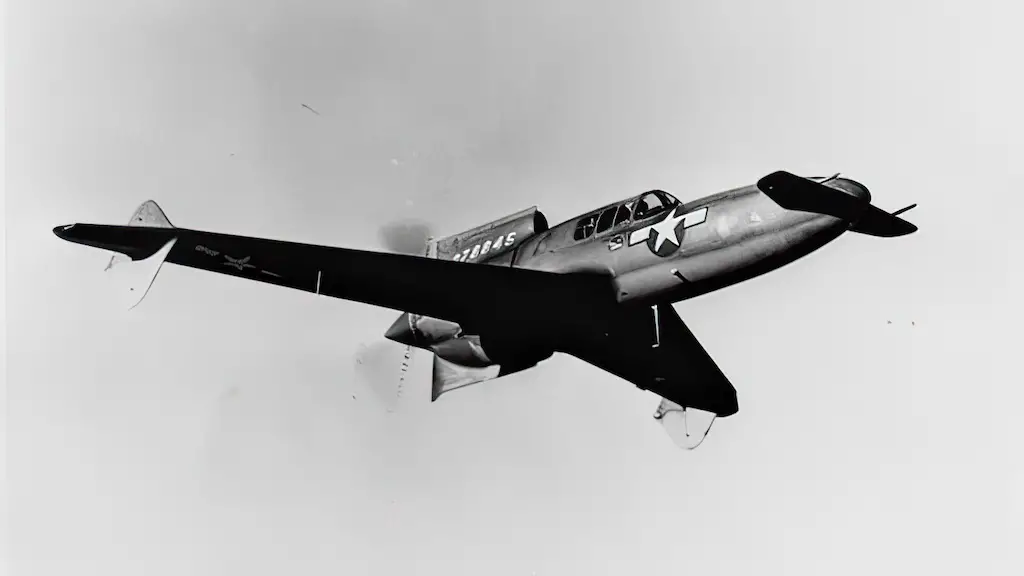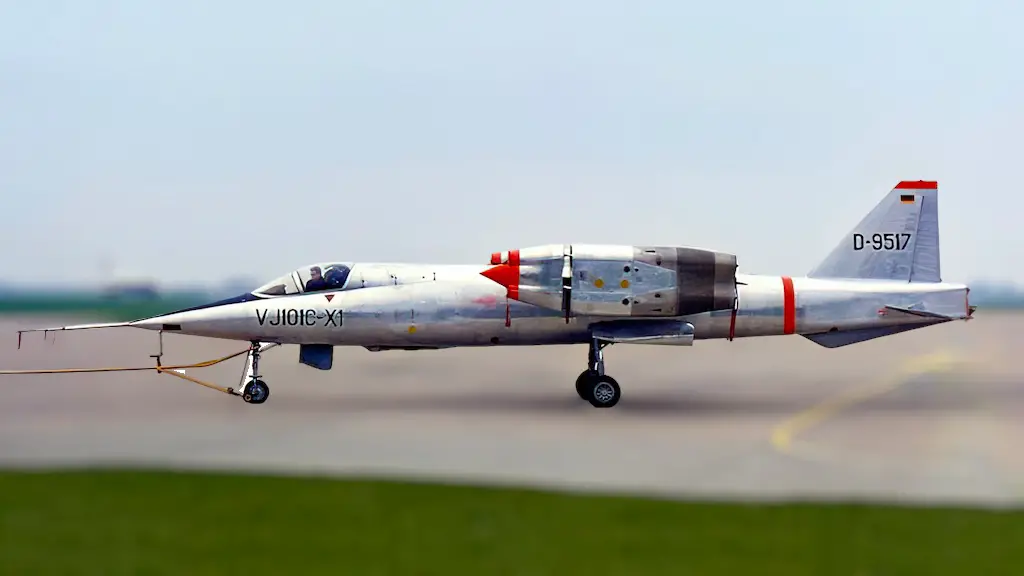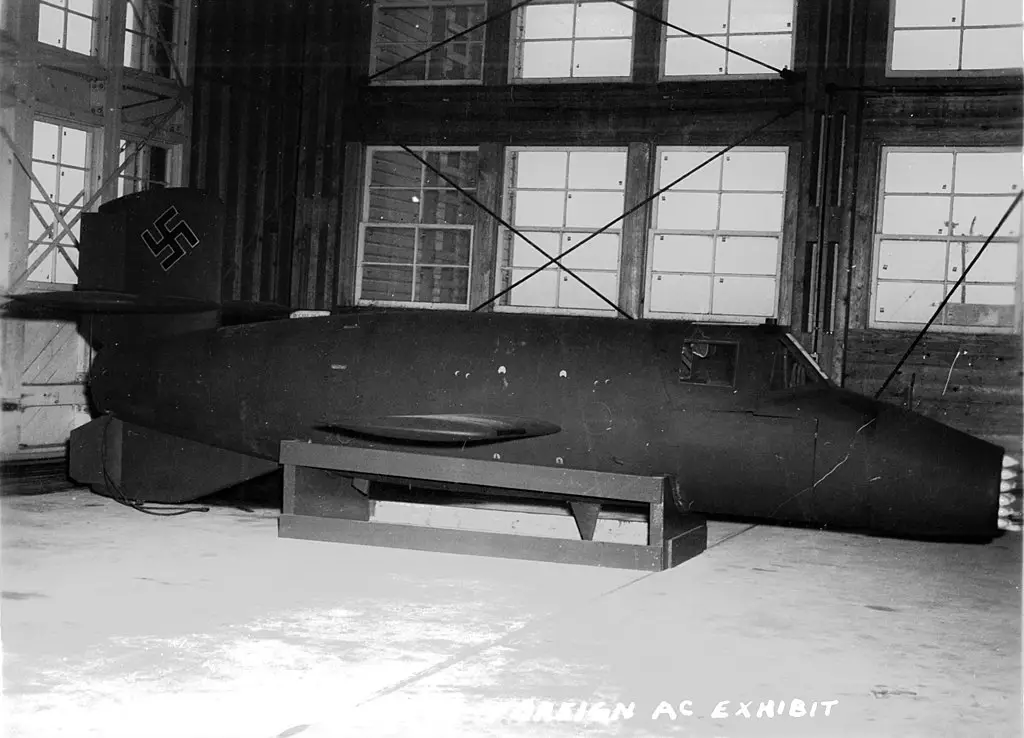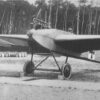A manned missile?
The Bachem Ba 349 Natter was quite an intriguing aircraft developed by the German Luftwaffe during World War II. It was designed with the sole purpose of intercepting and taking down Allied bombers that were flying at high altitudes above Germany. The aircraft’s unconventional approach to aerial combat is what made it truly unique. Essentially, it was a manned missile with no landing gear or traditional flight controls.
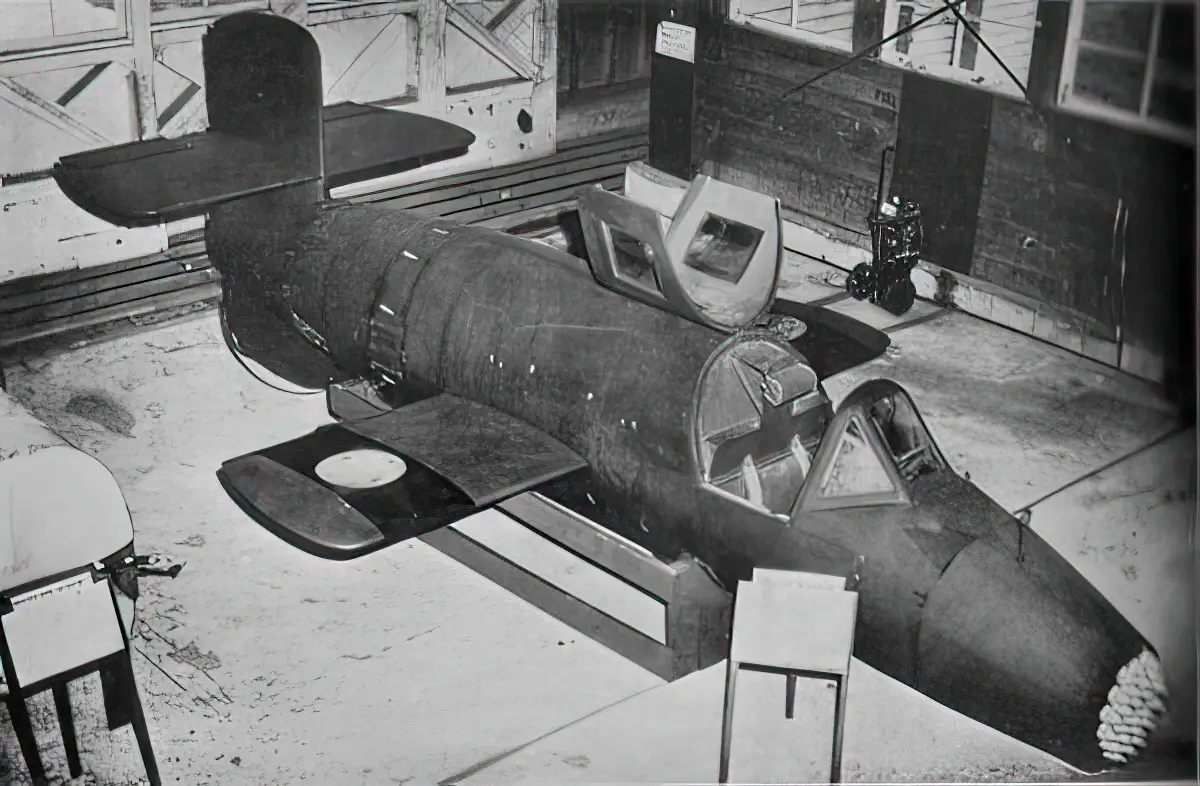
Instead, it was launched from a vertical ramp and flown directly at the enemy bomber, using its rocket engine to achieve high speeds in a short amount of time. Once the Natter was within range, the pilot would fire the aircraft’s missiles at the target and then quickly eject from the aircraft, which was specifically designed to crash into the enemy bomber.
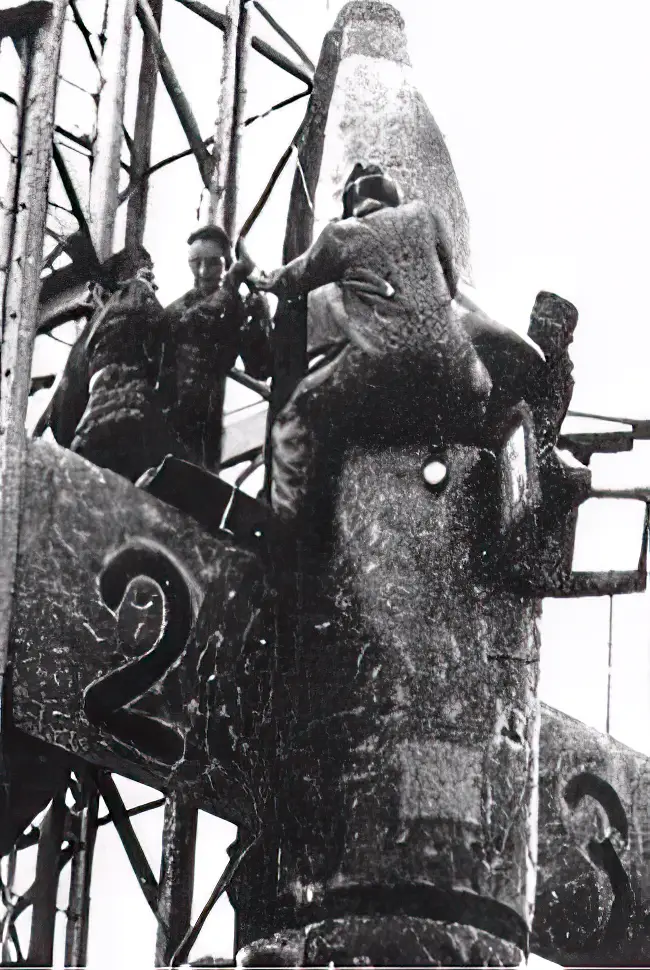
Despite its innovative design, the Bachem Ba 349 Natter unfortunately proved to be impractical and ineffective in terms of its intended purpose. Only a small number of Natters were actually built, and they were never utilized in combat. However, the development and creation of this aircraft did contribute to significant advancements in rocket technology, which in turn played a crucial role in the development of modern missiles and the space race.
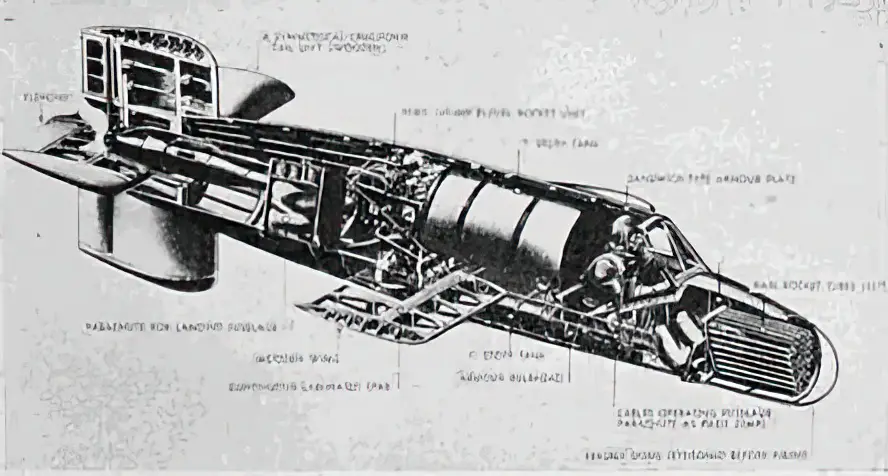
Development
In late 1944, the Bachem Ba 349 Natter was born out of a dire need for the German Luftwaffe to counter the Allied bombing campaign over Germany. This VTOL interceptor was designed to take off quickly from a ramp and soar to high altitudes to engage incoming enemy bombers. Erich Bachem, a rocket-powered aircraft expert, led the project, and the Natter was powered by a Walter HWK 509A-2 rocket engine that provided an impressive thrust of 2,900 kgf (28.4 kN), which could launch the aircraft to a maximum speed of 1,000 km/h (620 mph).
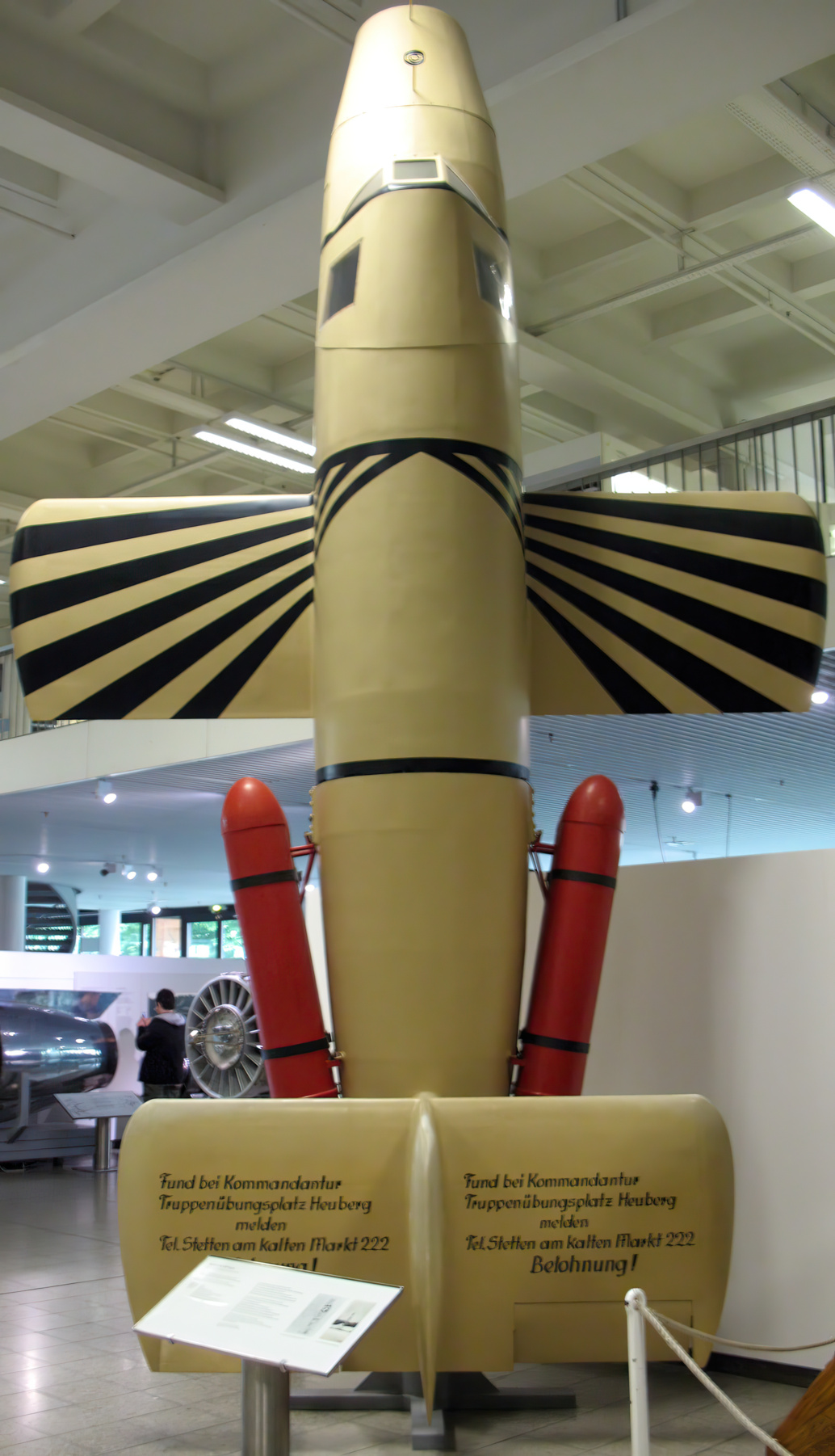
The Natter was created with simplicity and cost-effectiveness in mind, making use of wood and metal tubing for most of the components. The cockpit was located at the front with the pilot lying in a prone position to minimize air resistance, and the aircraft was equipped with 24 R4M rockets, fired from a nose battery.
Disastrous test flight
On February 24, 1945, the Natter took its first flight, followed by a manned flight a few weeks later. However, during the manned flight, the control system of the aircraft malfunctioned, resulting in the tragic death of the pilot when he bailed out of the plane. The project was then abandoned after only a handful of Natters were produced when the war ended.
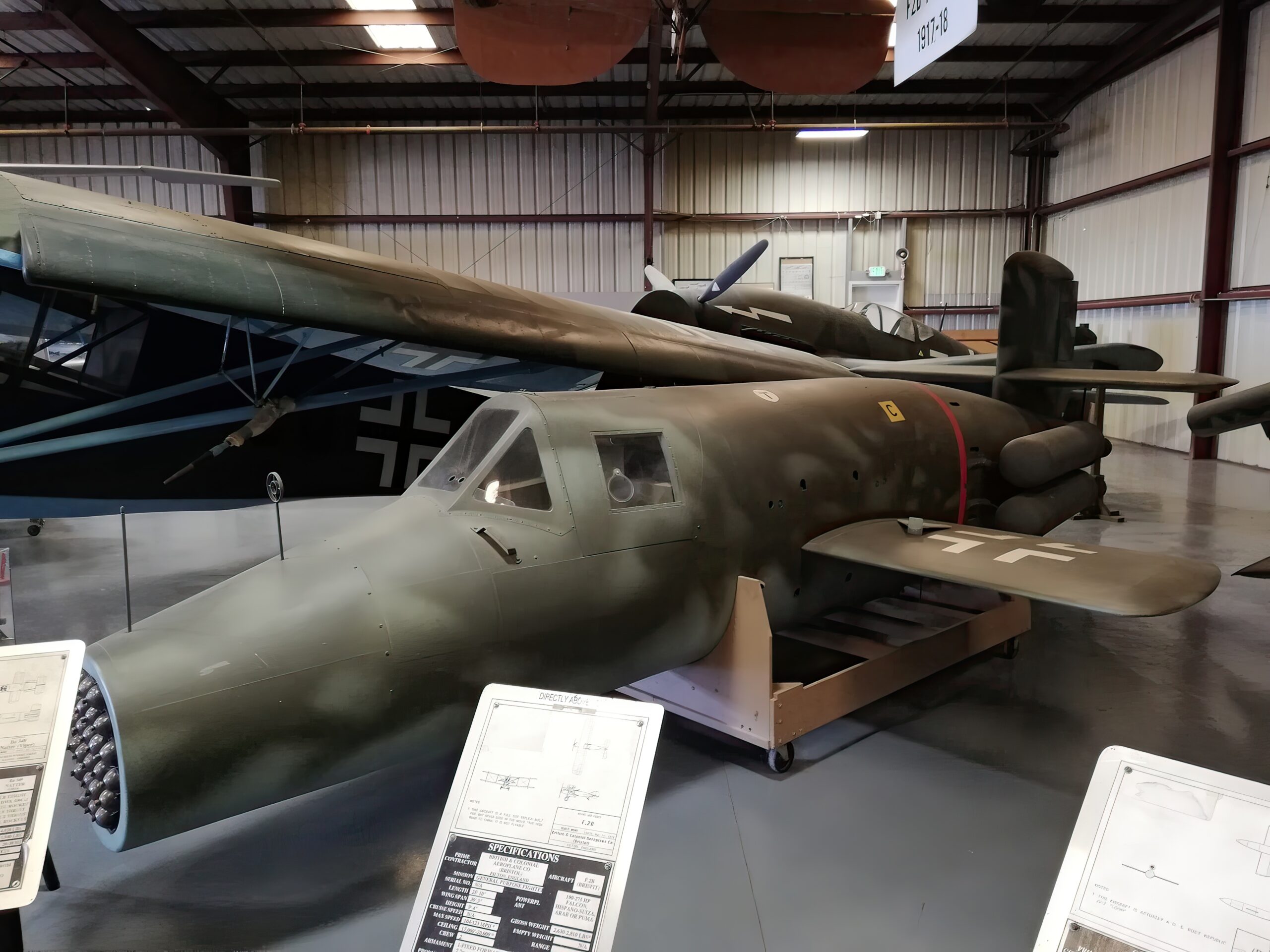
Challenges
The Natter aircraft had a number of challenges that made it difficult to operate successfully. One of the most significant issues was the unreliability of the rocket engine, which was prone to mechanical failures such as fuel leaks and overheating. This was a major concern as the Natter was designed to be a one-way aircraft, with the pilot expected to eject after firing the rockets, causing the aircraft to crash into enemy bombers. The success of the mission heavily relied on the reliability of the engine.
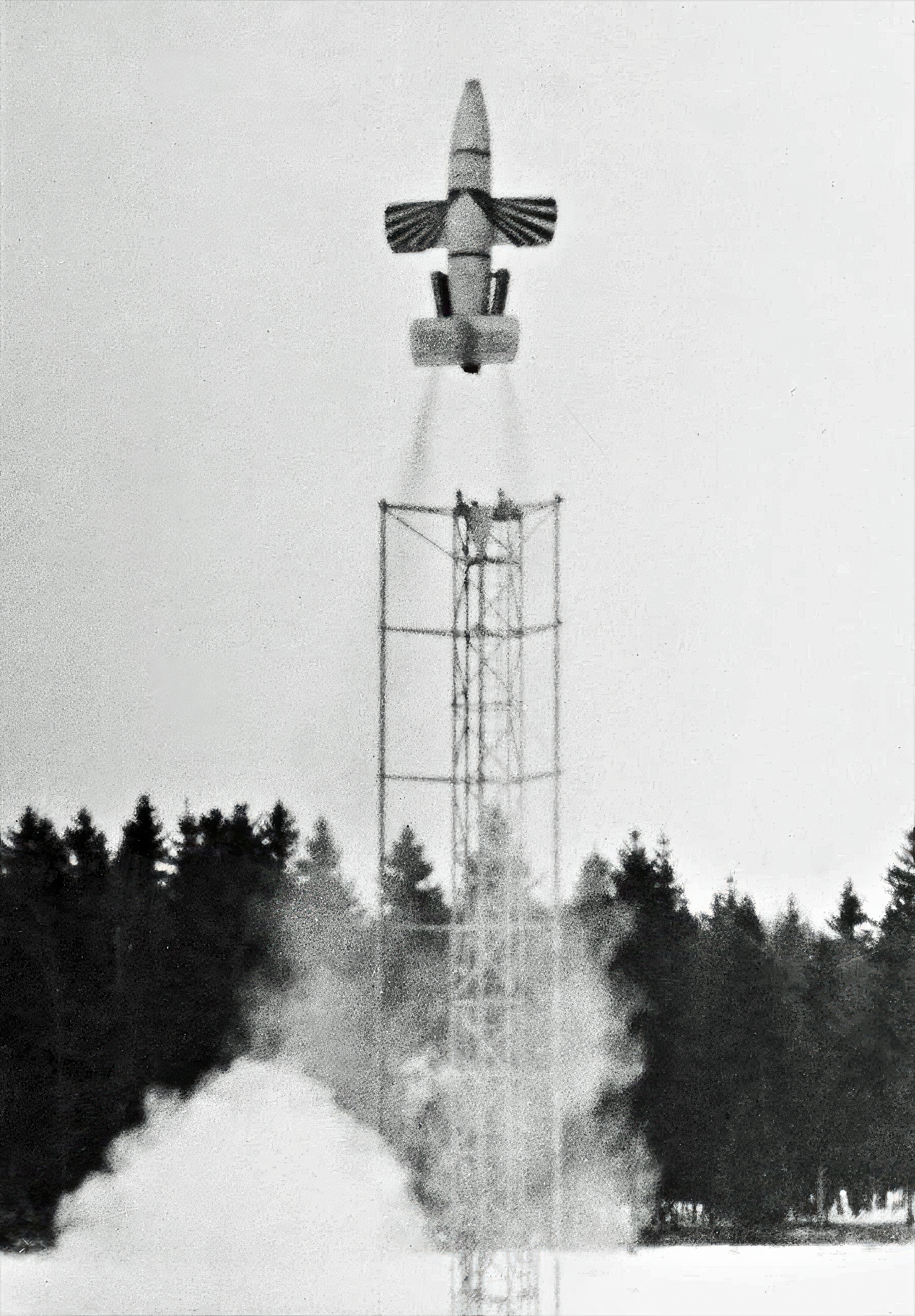
Moreover, the unique design and approach of the Natter to aerial combat made it a challenging task to train pilots effectively. The aircraft’s vertical takeoff and landing system, together with its rocket-powered engine and exceptional firing mechanism, necessitated specialized training and expertise that was difficult to acquire during the war. This complexity made it even harder to operate the Natter with ease and efficiency, requiring pilots to undergo extensive training, which was not always available.
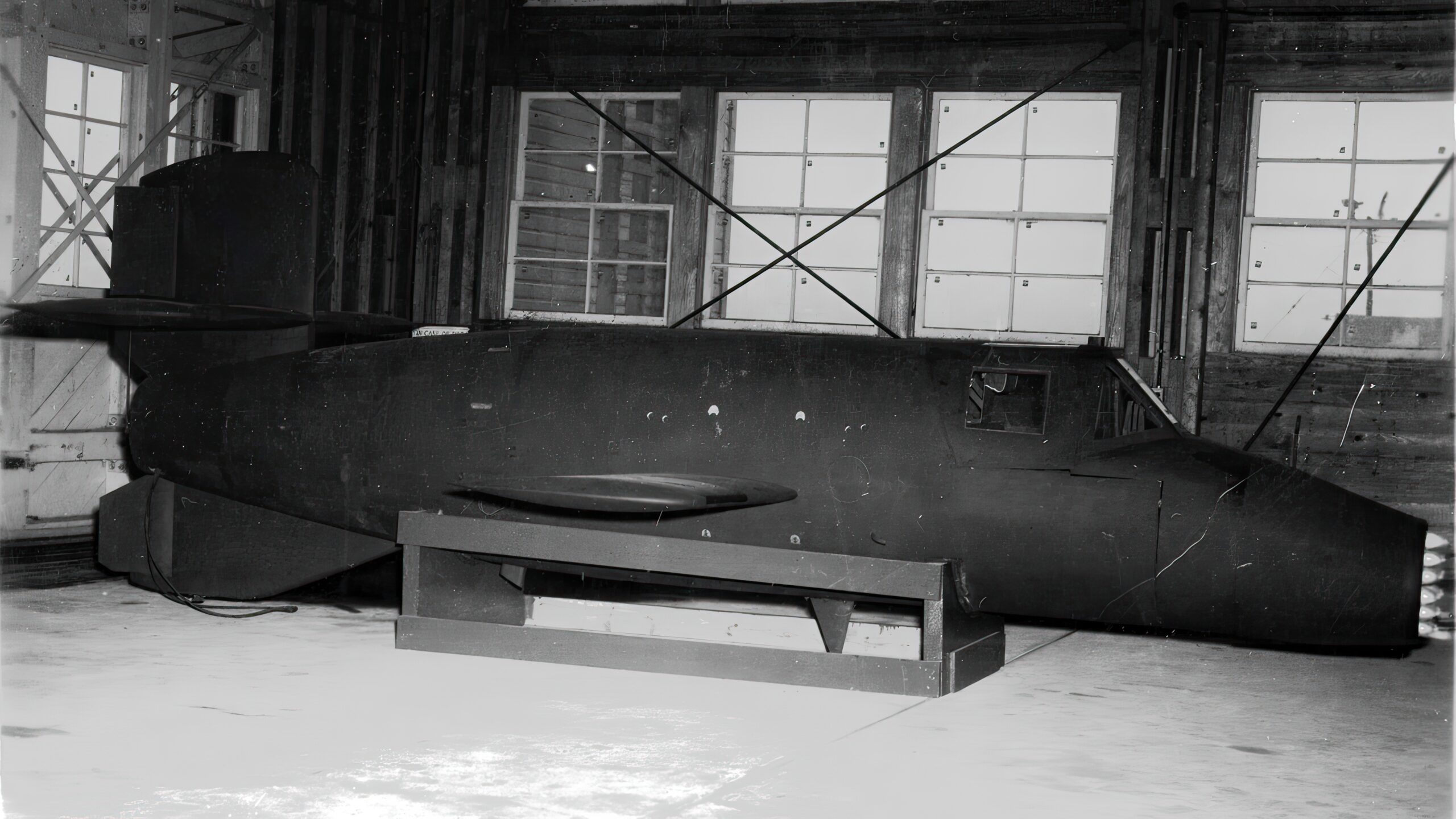
The Bachem Ba 349 Natter, born in a desperate time for the Third Reich, was a unique and innovative invention that aimed to protect Germany from the Allied bombing campaign. Despite its promising features, it was plagued with issues and ultimately faced an untimely demise.



